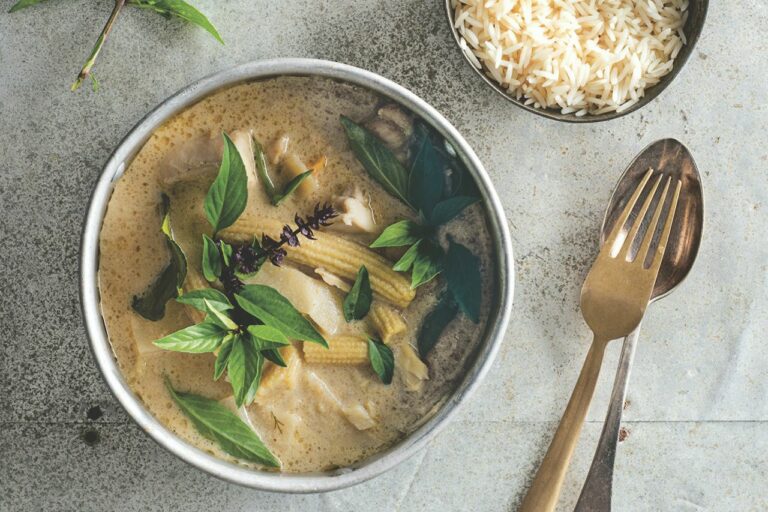Introduction: Austrian Dining Etiquette
Austria is a country known for its rich culinary heritage and diverse cuisine. Dining in Austria is not just about food; it is also about the experience. From table manners to seating arrangements to toasting, there are specific etiquette and customs associated with Austrian dining. Understanding these customs is essential for a memorable dining experience.
Table Manners: Dos and Don’ts in Austria
When dining in Austria, there are specific table manners to follow. Firstly, always use utensils to eat, even when eating bread. Secondly, never put your elbows on the table. Thirdly, keep your hands visible on top of the table and not under it. Fourthly, do not start eating until the host or hostess has given permission to do so. Lastly, always finish everything on your plate as it shows respect to the host and the food served.
On the other hand, there are few things to avoid while dining in Austria. Firstly, do not slurp your soup, and secondly, avoid making loud noises while eating. Thirdly, do not talk with your mouth full, and fourthly, avoid bringing your own food to someone’s home. Finally, do not leave the table without asking for permission from the host or hostess.
Austrian Dining Customs: What to Expect
Austrian dining customs are all about making everyone feel comfortable and welcome during the meal. Firstly, it is customary to bring a small gift for the host or hostess, and flowers are the most common gift. Secondly, when entering the dining room, it is customary to say “Guten Appetit” or “Mahlzeit” to everyone at the table. Thirdly, it is customary for the host or hostess to serve the food, and the guests can pass the dishes around the table. Lastly, it is customary to wait until everyone is served before starting to eat.
Dress Code: What to Wear to an Austrian Dinner
Austrian dining is usually an elegant affair, and dressing appropriately is essential. For formal occasions, men are expected to wear a suit, and women are expected to wear a dress or skirt and blouse. For semi-formal occasions, men can wear a sports jacket and dress pants, while women can wear a dress or pantsuit. For casual occasions, men can wear slacks or khakis with a dress shirt, while women can wear a skirt or pants with a blouse.
Greeting Guests: Austrian Dining Rituals
Greeting guests with proper etiquette is essential in Austrian dining. When guests arrive, the host or hostess greets them at the door and takes their coats. It is customary to offer the guests a drink and some food while waiting for the other guests to arrive. When everyone is present, it is customary for the host or hostess to offer a toast to welcome everyone.
Seating Arrangements: Austrian Dining Etiquette
Seating arrangements are essential in Austrian dining. The host or hostess usually sits at the head of the table, and the most honored guest sits on the right of the host or hostess. The second most honored guest sits on the left of the host or hostess. When seating couples, it is customary to seat them together.
Toasting: Austrian Drinking Traditions
Toasting is a significant part of Austrian dining culture. The first toast is usually made by the host or hostess, and it is customary to wait until the toast is finished before taking a sip. It is customary to clink glasses with everyone at the table while toasting. When toasting, it is customary to look the person in the eye and raise your glass slightly.
Tipping: How Much to Tip in Austria
Tipping is customary in Austria, but it is not mandatory. It is customary to round up the bill or leave a small amount of change as a tip. In restaurants, it is customary to tip around 10 percent of the total bill. In bars, it is customary to tip a small amount for each drink. In taxis, it is customary to round up the fare or tip around 10 percent of the total fare. It is essential to note that service charges are usually included in the bill in most restaurants and cafes.

